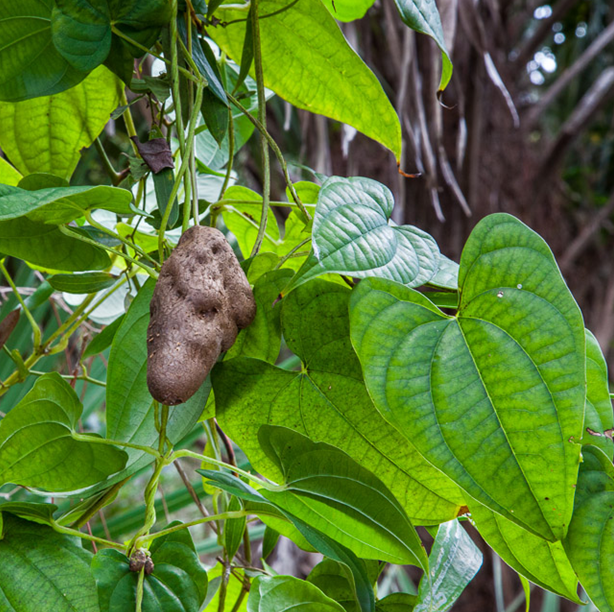
Aerial yams, scientifically known as Dioscorea bulbifera and commonly referred to as "hanging yams," are gaining popularity in Central Kenya due to their high nutritional value, adaptability, and economic potential. Unlike traditional yams that grow underground, aerial yams produce bulbils on climbing vines, making them easier to harvest and store. These yams thrive in warm tropical climates and are particularly well-suited to the highland and mid-altitude regions of Central Kenya, such as Murang’a and Nyeri counties. Farmers appreciate their resilience to pests and diseases, low labor requirements, and the ability to intercrop them with other vegetables like beans and spinach, enhancing overall land productivity.
The export potential for aerial yams is growing, especially as global markets increasingly demand organic and exotic produce. To export aerial yams from Kenya, farmers and agribusinesses must follow a structured process. This includes registering with the Agriculture and Food Authority (AFA), obtaining a phytosanitary certificate from the Kenya Plant Health Inspectorate Service (KEPHIS), and ensuring compliance with international food safety standards. Exporters must also work with licensed freight forwarders and clear their goods through the Kenya Revenue Authority (KRA) customs system.
For official information on export procedures, regulations, and support services, the best resource is the Agriculture and Food Authority (AFA), which oversees crop development and export licensing. Their official website is: https://www.agricultureauthority.go.ke. Additionally, KEPHIS provides detailed guidelines on plant health certification, available at: https://www.kephis.go.ke
